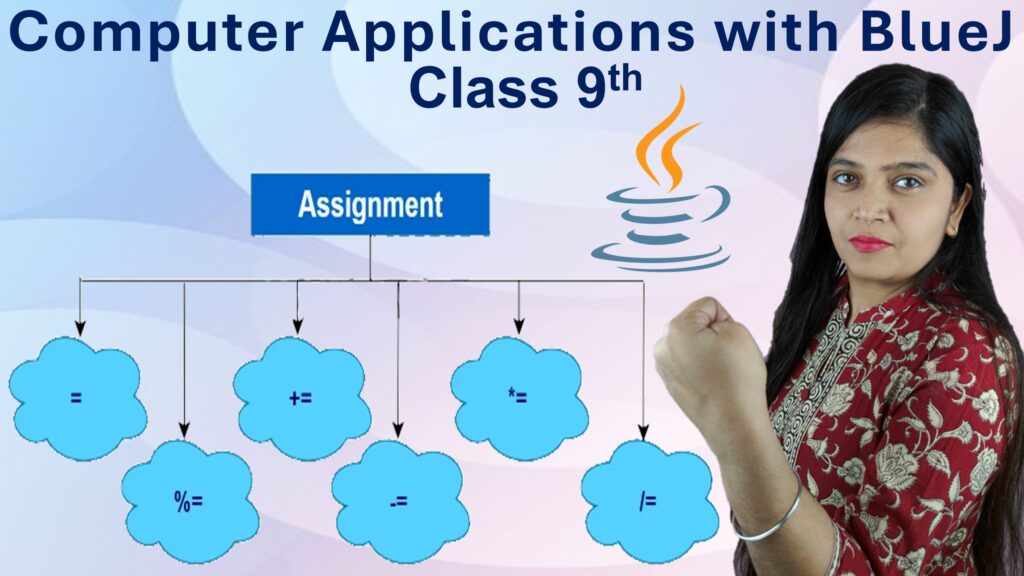Exercise: 4-D
Competency Focused Questions
Q1: On dividing the sum of 472, 724 and 247, by 111, the quotient is:
Step 1: Find the sum of the numbers
\[
472 + 724 + 247 = 1443
\]Step 2: Divide the sum by 111
\[
1443 \div 111 = 13
\]Step 3: Analyze the quotient
→ 13 is an **odd number** ✅
→ 13 is also a **prime number** ✅
Answer: d. Both (b) and (c)
Q2: Which of the following is the greatest?
Step 1: Evaluate each option numerically
Option a: \(333\)
This is a simple number: 333
Option b: \(3^{33}\)
This is an exponential expression.
Since \(3^{5} = 243\), \(3^{10} ≈ 59,049\), we know \(3^{33}\) is **extremely large**.
Option c: \(33^3 = 33 \times 33 \times 33\)
\[
33^2 = 1089 \quad \text{then } 1089 \times 33 = 35937
\]
→ So, \(33^3 = 35937\)
Option d: \((3^3)^3 = 27^3\)
\[
27^2 = 729, \quad 729 \times 27 = 19683
\]
→ So, \((3^3)^3 = 19683\)
Step 2: Compare all values
– Option a: 333
– Option b: \(3^{33}\) = **very large**, far greater than all others
– Option c: 35937
– Option d: 19683
Answer: b. \(3^{33}\)
Q3: When a number is divided by 91, the remainder is 43. On dividing the same number by 13, the remainder will be:
Step 1: Let the number be N
Let the number be written as:
\[
N = 91k + 43
\]
where \(k\) is some integer.
Step 2: We are to find remainder when N is divided by 13
That is, find: \((91k + 43) \mod 13\)
Note that \(91 \equiv 0 \mod 13\) because:
\[
91 \div 13 = 7 \Rightarrow 91 \text{ is divisible by } 13
\]
So, \(91k \equiv 0 \mod 13\)
Thus,
\[
N \mod 13 \equiv 43 \mod 13
\]Step 3: Find remainder of 43 ÷ 13
\[
43 \div 13 = 3 \text{ remainder } 4
\]Answer: c. 4
Q4: \(\left(1-\frac{1}{3}\right)\left(1-\frac{1}{4}\right)\left(1-\frac{1}{5}\right).\ .\ .\ .\ .\ \left(1-\frac{1}{25}\right)\) is equal to:
\[
\left(1 – \frac{1}{3}\right)\left(1 – \frac{1}{4}\right)\left(1 – \frac{1}{5}\right)\cdots\left(1 – \frac{1}{25}\right)
\]Step 1: Simplify each term using the identity
\[
\left(1 – \frac{1}{n}\right) = \frac{n – 1}{n}
\]So the expression becomes:
\[
\frac{2}{3} \times \frac{3}{4} \times \frac{4}{5} \times \cdots \times \frac{24}{25}
\]Step 2: Observe the telescoping pattern
Every numerator cancels with the next denominator:
\[
\frac{2}{3} \times \frac{3}{4} \times \frac{4}{5} \times \cdots \times \frac{24}{25} = \frac{2}{25}
\]All intermediate terms cancel, leaving only the first numerator and the last denominator.
Step 3: Final Result
\[
\left(1 – \frac{1}{3}\right)\left(1 – \frac{1}{4}\right)\cdots\left(1 – \frac{1}{25}\right) = \frac{2}{25}
\]Answer: b. \(\frac{2}{25}\)
Q5: The units digit in the sum \(\left(124\right)^{124}+\left(125\right)^{125}\) is:
Step 1: Focus only on the units digits of base numbers
– Units digit of 124 is **4** → So units digit of \((124)^{124}\) = units digit of \(4^{124}\)
– Units digit of 125 is **5** → So units digit of \((125)^{125}\) = units digit of \(5^{125}\)
Step 2: Find the pattern of powers of 4
\[
4^1 = 4 \\
4^2 = 16 \Rightarrow \text{Units digit = 6} \\
4^3 = 64 \Rightarrow \text{Units digit = 4} \\
4^4 = 256 \Rightarrow \text{Units digit = 6}
\]
So, units digits repeat in a cycle: **4, 6** (cycle length = 2)
Now, 124 is even ⇒ \(4^{124}\) will end with: **6** ✅
Step 3: Units digit of \(5^{125}\)
Any power of 5 ends in **5**, so:
\[
\text{Units digit of } 5^{125} = 5
\]Step 4: Add both units digits
\[
6 + 5 = 11 \Rightarrow \text{Units digit = 1}
\]Answer: a. 1
Q6: Numbers that read the same backwards and forwards are called palindromes; e.g., 12321 is a palindrome. How many palindromes are there from 100 to 500?
Step 1: Understand the structure of 3-digit palindromes
A 3-digit palindrome has the form: **aba**, where:
– \(a\) is the hundreds digit
– \(b\) is the tens (and also units) digit
– So the number looks like: \(100a + 10b + a = 101a + 10b\)
Step 2: Range of 3-digit numbers
We are interested in numbers between **100 and 500**, inclusive.
→ So the first digit \(a\) (hundreds place) can be: **1, 2, 3, 4**
(We stop at 4 because \(a = 5\) gives numbers like 505 which are **greater than 500**) ✅
Step 3: Count palindromes for each possible hundreds digit
For each \(a = 1, 2, 3, 4\):
– \(b\) can be from 0 to 9 (10 values)
– So for each \(a\), 10 palindromes
Total palindromes = \(4 \times 10 = 40\)
Examples:
– For \(a = 1\): 101, 111, 121, …, 191 → 10 numbers
– For \(a = 2\): 202, 212, …, 292 → 10 numbers
– For \(a = 3\): 303 to 393 → 10 numbers
– For \(a = 4\): 404 to 494 → 10 numbers
Answer: a. 40







Leave a Comment